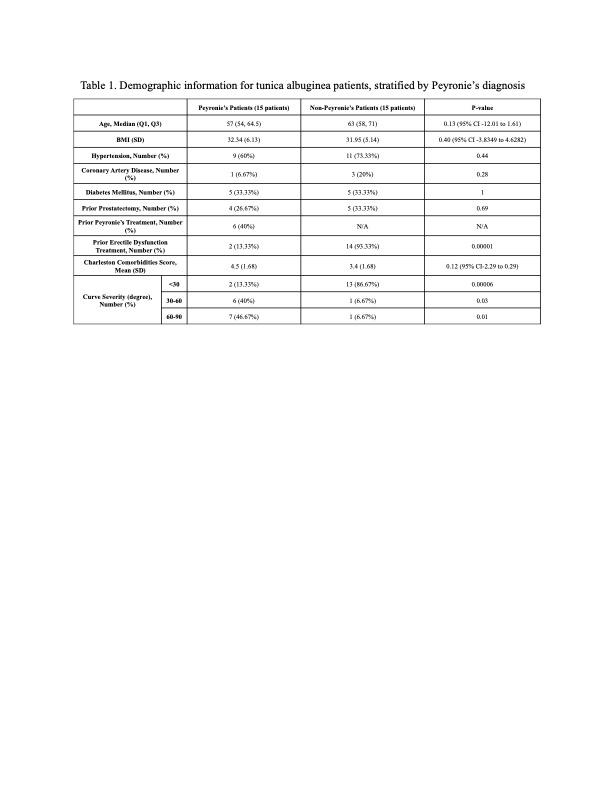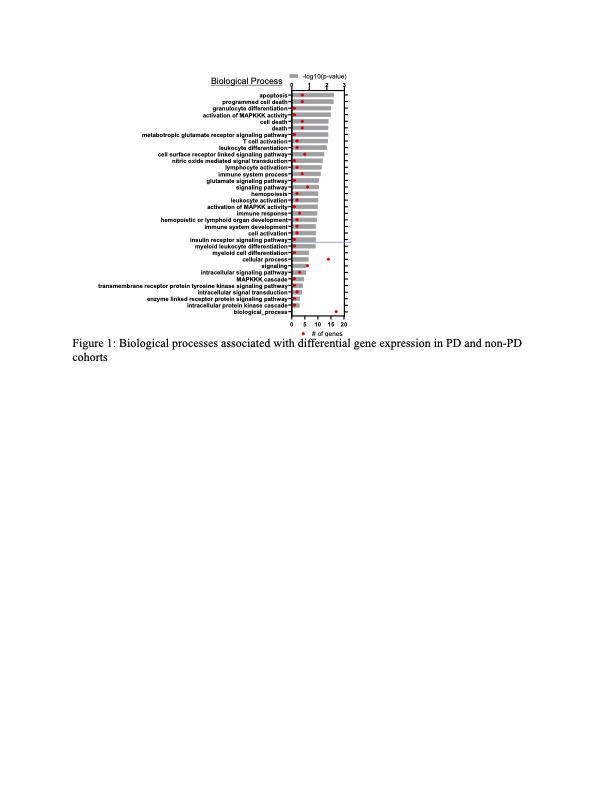BACKGROUND: Peyronie’s disease (PD) is a chronic, progressive disease that causes penile curvature, sexual dysfunction, and pain with sexual activity. Several mechanisms have been implicated in the pathogenesis of PD, including inflammatory, immune-mediated, and fibroproliferative processes. Moreover, genes linked to these distinct cellular pathways have been associated with PD. The aim of the present study was to identify differential gene expression in the tunica albuginea tissue of a group of patients with PD as well as a control group of patients with erectile dysfunction (ED) but without PD.
METHODS: Tissue from the tunica albuginea was collected from patients at the time of surgery for correction of penile curvature and/or ED from patients. RNA sequencing analysis was performed on total RNA isolated from penile tissue. Bioinformatics analyses were then performed to identify which molecular and biologic processes were implicated in the genes that were differentially expressed in the PD and non-PD cohorts. Clinical demographic factors were also collected from chart review of patients with and without PD (Table 1).
RESULTS: There was a total of 30 patients with tunica albuginea for RNA isolation; 15 of these had PD and 15 did not. There were 22 significantly differentially expressed genes between the two groups. Bioinformatics analyses revealed that the majority of differentially expressed genes between those with PD and with non-PD associated ED were implicated in immune and fibrotic processes. Other processes implicated in the differentially expressed genes included apoptosis and cell-mediated signaling pathways (Figure 1).
CONCLUSIONS: Distinct genes were differentially expressed in the tunica albuginea tissue of patients with PD when compared with non-PD-associated ED and were largely implicated in immune and fibrotic processes. Further understanding of the genes implicated in PD could potentially lead to treatment targeted at the prevention of PD development.

